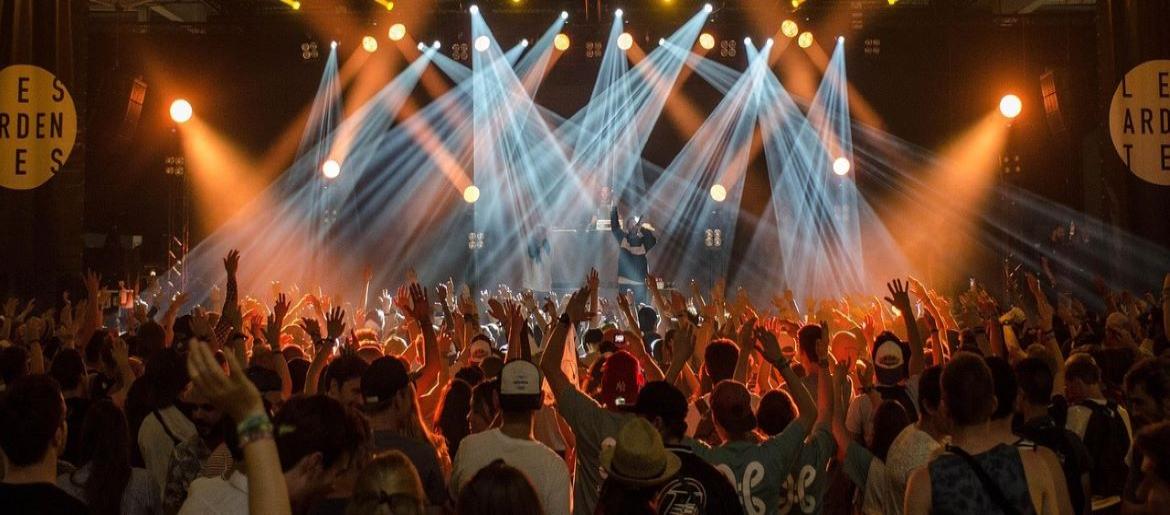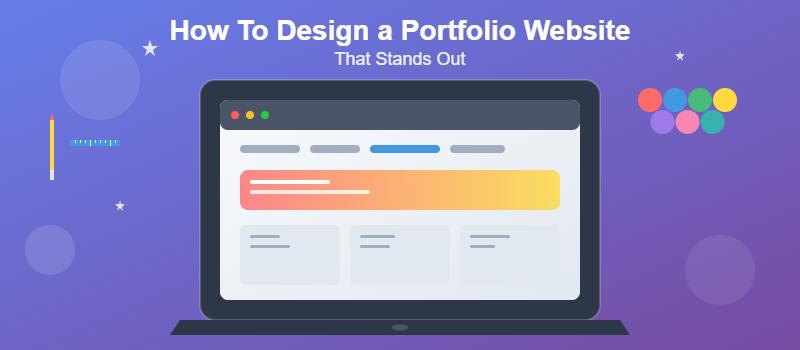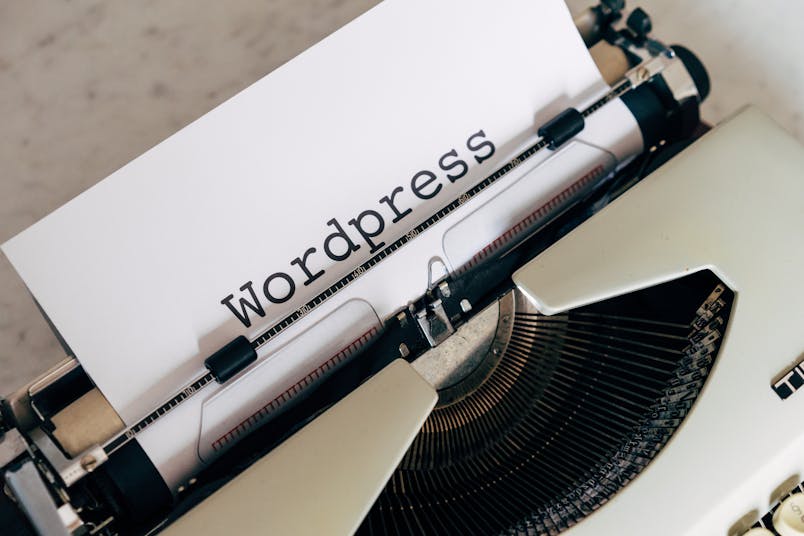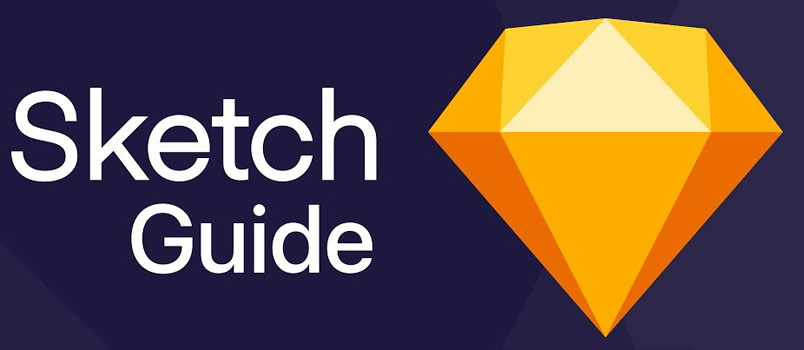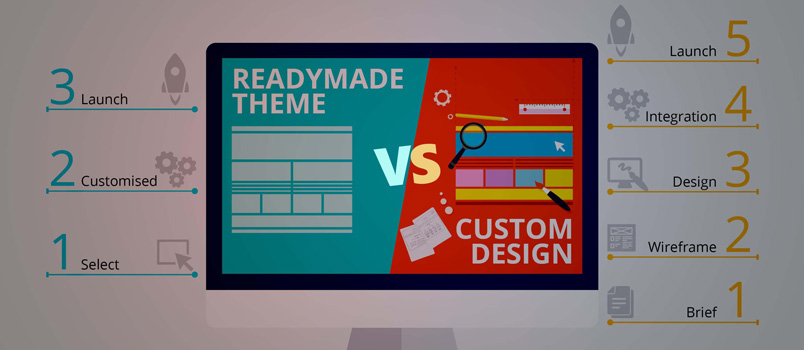In the digital age, exceptional website design can make the difference between a band that struggles to gain traction and one that builds a devoted fanbase capable of sustaining a long-term music career. Websites for musicians have evolved far beyond simple promotional tools—they now serve as sophisticated platforms where visual design, user experience, and fan engagement intersect to create powerful connections between artists and their audiences.
Modern musician websites must accomplish multiple objectives simultaneously: they need to capture attention within seconds, communicate the artist’s unique brand identity, facilitate seamless music discovery, and guide visitors toward meaningful engagement actions. This complex challenge requires understanding both design principles and the specific psychology of music fans navigating digital spaces.
The most successful bands understand that their website design isn’t just about looking professional—it’s about creating an immersive digital experience that reflects their artistic vision while serving the practical needs of fans, industry professionals, and potential collaborators.
The Psychology of Music Fan Behavior Online
Understanding how fans interact with websites for musicians forms the foundation of effective design strategy. Music fans approach artist websites with different motivations than typical website visitors: they’re seeking emotional connection, exclusive access, and ways to support artists they already love or are discovering for the first time.
Research shows that music fans spend more time exploring artist websites when the design immediately communicates authenticity and professionalism. They scan for familiar elements like music players, tour dates, and social media integration while simultaneously evaluating whether the overall aesthetic matches their expectations based on the music genre and artist brand.
Effective musician websites leverage this behavior by creating clear visual hierarchies that guide fans through intentional discovery journeys. The most successful designs balance immediate accessibility with opportunities for deeper exploration, ensuring that casual visitors can quickly find what they need while devoted fans can discover exclusive content and engagement opportunities.
Visual Identity: Translating Music into Digital Aesthetics
The most challenging aspect of designing websites for musicians involves translating sonic identity into visual language that accurately represents the artist’s creative vision. This translation requires understanding genre conventions while finding unique expressions that differentiate individual artists within crowded musical landscapes.
Genre-Appropriate Design Elements
Different musical genres carry distinct visual expectations that effective website design must acknowledge while finding creative ways to stand out. Electronic music artists often benefit from sleek, futuristic designs with dynamic animations that reflect the technological aspects of their creative process. Folk and acoustic artists typically connect with more organic, earthy aesthetics that emphasize warmth and authenticity.
Rock and metal bands frequently utilize bold typography, high-contrast color schemes, and dramatic imagery that mirrors the intensity of their sound. Jazz musicians often gravitate toward sophisticated, minimalist designs that reflect the refined nature of their artistic approach.
However, the most memorable musician websites find creative ways to honor genre expectations while introducing unique elements that make the artist unforgettable. This might involve unexpected color combinations, innovative navigation structures, or interactive elements that surprise and delight visitors.
Color Psychology and Brand Recognition
Color choices profoundly impact how fans perceive and remember artists. Warm colors like reds and oranges create feelings of energy and excitement, making them popular choices for rock, pop, and dance music websites. Cool colors like blues and greens evoke calmness and sophistication, often used effectively by jazz, ambient, and classical musicians.
The most effective color schemes for websites for musicians create emotional resonance while ensuring excellent readability and accessibility across all devices. Successful artists often develop signature color palettes that become synonymous with their brand, appearing consistently across their website, album artwork, merchandise, and promotional materials.
User Experience Design: Guiding Fan Journeys
Exceptional user experience design for musician websites requires understanding the different types of visitors and their various goals. New fans discovering an artist for the first time need immediate access to music samples and basic biographical information. Existing fans seek updates about new releases, tour announcements, and exclusive content. Industry professionals require quick access to press kits, booking information, and high-quality promotional materials.
Intuitive Navigation Structures
The most effective navigation systems for websites for musicians balance comprehensive content access with visual simplicity. Primary navigation should include essential sections like Music, Tour Dates, About, and Contact, while secondary navigation can provide access to more specialized content like press materials, merchandise, and fan club features.
Mobile-first navigation design has become crucial as most music fans access artist websites through smartphones. This requires thoughtful consideration of touch-friendly interface elements, thumb-accessible menu placement, and streamlined content presentation that works effectively on small screens.
Strategic Content Hierarchy
Successful musician websites guide visitors through intentional content discovery journeys that maximize engagement opportunities. The homepage should immediately communicate the artist’s identity while providing clear pathways to key content areas. Music should be prominently featured but not overwhelming, allowing visitors to sample tracks while exploring other aspects of the artist’s story.
Tour dates require prominent placement with clear call-to-action buttons that facilitate ticket purchases. Social media integration should feel natural and encourage sharing without directing traffic away from the main website. Contact information and booking details need easy accessibility without cluttering the main navigation experience.
Mobile-First Design for Music Discovery
The majority of music discovery now happens on mobile devices, making responsive design essential for websites for musicians. However, mobile optimization goes beyond simple screen size adaptation—it requires rethinking content priorities, interaction patterns, and loading speeds for users who may be discovering your music in various contexts.
Touch-Optimized Audio Players
Music players represent the most critical interactive elements on musician websites, requiring careful design consideration for mobile users. Touch-friendly controls, clear visual feedback for user actions, and seamless integration with mobile browsers’ audio capabilities ensure that music discovery feels natural and engaging.
Progressive loading techniques help manage bandwidth limitations while providing immediate audio access. Visual indicators for loading progress maintain user engagement during brief delays, while fallback options ensure compatibility across different mobile browsers and connection speeds.
Performance Optimization
Mobile users expect fast loading times, making performance optimization crucial for websites for musicians. Image optimization, efficient coding practices, and strategic content loading ensure that websites provide excellent experiences even on slower mobile connections.
Content delivery networks (CDNs) help ensure fast loading speeds globally, while lazy loading techniques prioritize above-the-fold content that users see immediately. These technical considerations directly impact fan engagement and conversion rates.
Integration of Essential Music Features
Modern musician websites must seamlessly integrate multiple functional elements without compromising visual appeal or user experience. Music players, social media feeds, email signup forms, and e-commerce functionality all require thoughtful design integration that feels natural rather than cluttered.
Embedded Music Players
Audio integration represents perhaps the most important design challenge for websites for musicians. Players must be prominently accessible without dominating the visual design, providing intuitive controls while supporting various audio formats and streaming preferences.
The most effective music player designs allow visitors to continue browsing other website content while audio plays in the background. Playlist functionality encourages extended listening sessions, while social sharing features facilitate fan promotion of favorite tracks.
Social Media and Community Integration
Strategic social media integration amplifies the reach of musician websites while providing dynamic content that keeps websites feeling current and active. However, effective integration requires balance—social feeds should enhance rather than replace original website content.
Community features like comment systems, fan galleries, and interactive elements create opportunities for deeper engagement while providing social proof that attracts new fans. These features require careful moderation and maintenance to ensure positive community experiences.
Conversion-Focused Design Elements
The most successful websites for musicians incorporate design elements specifically intended to guide visitors toward meaningful actions that support the artist’s career. These might include email list signups, merchandise purchases, concert ticket sales, or social media follows.
Strategic Call-to-Action Placement
Effective call-to-action design balances visibility with authenticity, encouraging fan actions without feeling pushy or commercial. The most successful approaches integrate conversion opportunities naturally into the browsing experience, offering clear value propositions that motivate engagement.
Email signup incentives like exclusive content access or early ticket sales provide compelling reasons for fans to share contact information. Merchandise integration should feel like natural extensions of the fan experience rather than separate commercial activities.
Future-Proofing Your Design Investment
Musician websites represent significant investments in career development, making future-proofing an important design consideration. The most valuable designs anticipate technological changes, evolving fan expectations, and career growth requirements.
Flexible content management systems enable ongoing updates without requiring complete redesigns. Scalable hosting solutions accommodate traffic growth during major releases or viral moments. Regular design updates maintain contemporary appeal while preserving brand consistency that fans recognize and trust.
Conclusion: Design as Career Investment
Exceptional website design for musicians represents far more than aesthetic appeal—it’s a strategic career investment that facilitates fan relationships, supports revenue generation, and establishes professional credibility. The most successful websites for musicians combine visual excellence with functional sophistication, creating digital experiences that truly serve both artists and their communities.
For bands and musicians ready to invest seriously in their online presence, partnering with platforms that understand these design complexities while providing comprehensive career management tools offers the best foundation for long-term success in today’s competitive music landscape.

